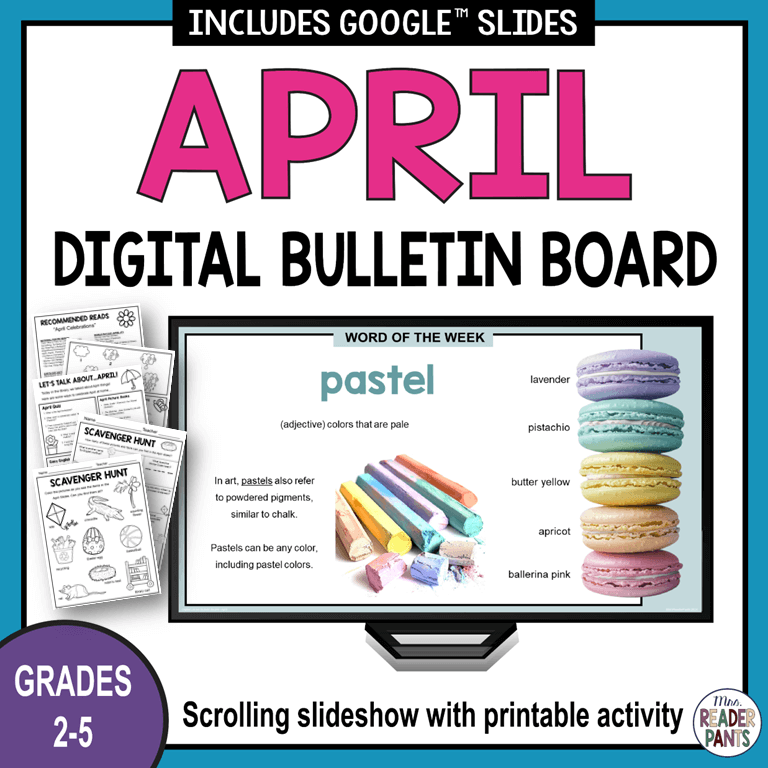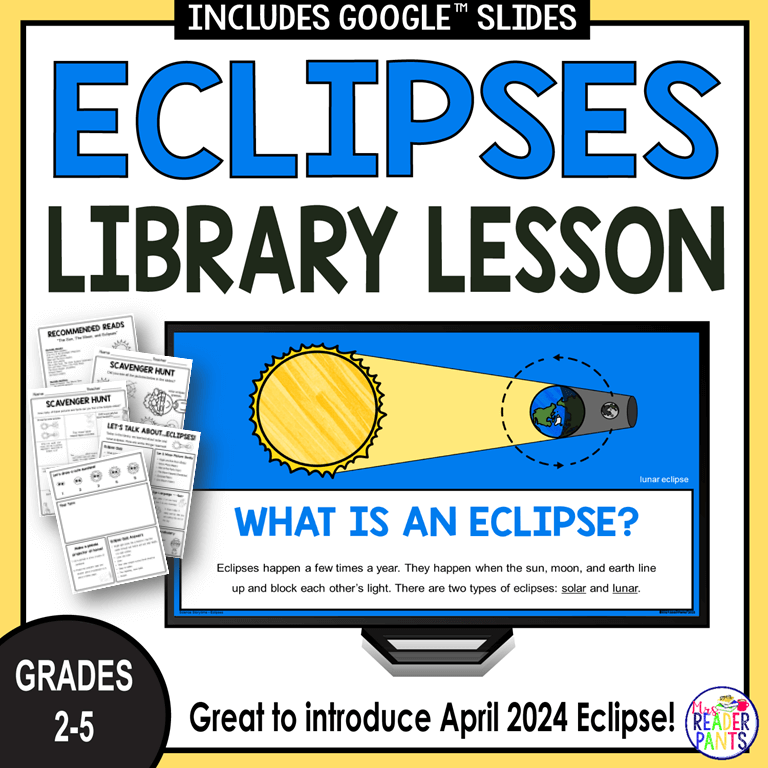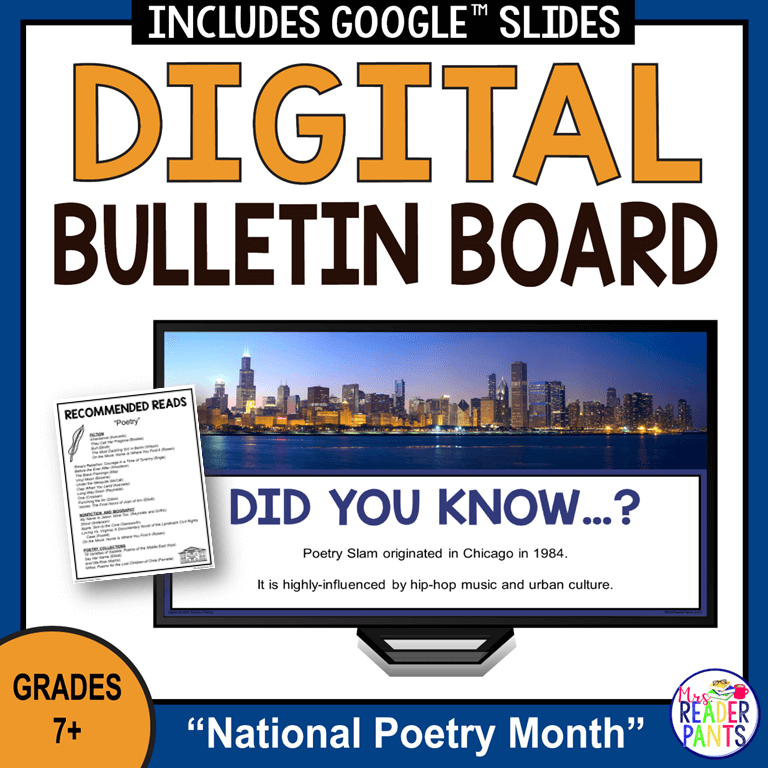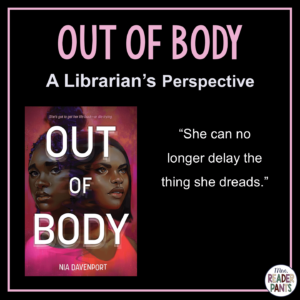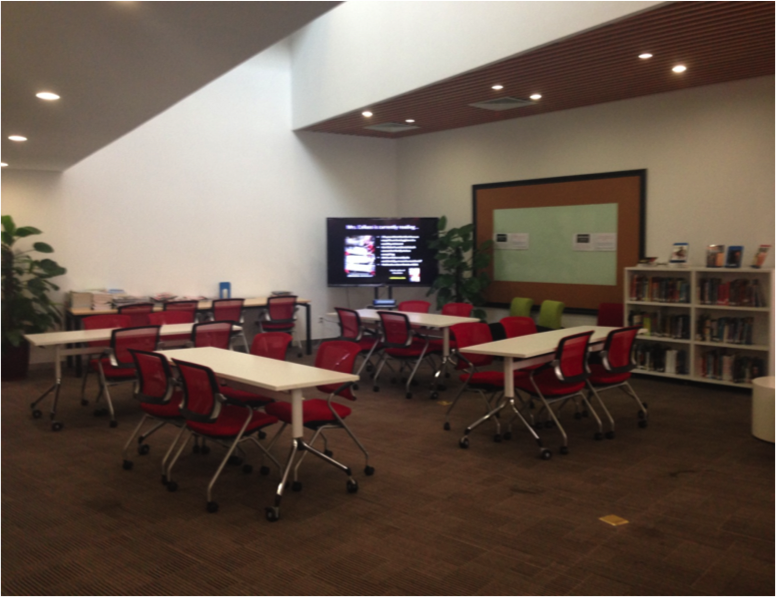 It seems my Thursday posts have morphed into a sort of “how-to” section for newer school librarians. Last week’s post was about how to speed-up the book shelving process. This week (and for the next two Thursdays), it’s all about booktalks!
It seems my Thursday posts have morphed into a sort of “how-to” section for newer school librarians. Last week’s post was about how to speed-up the book shelving process. This week (and for the next two Thursdays), it’s all about booktalks!
I know many librarians who really love and excel at a particular aspect of library. Some are awesome at teaching research databases. Others rock the makerspaces. Some are really good at developing engaging reading incentives or organizing school-wide or community events. For me, the thing I love and excel best at is…booktalking!
In my experience, nothing motivates students to checkout library books as much as booktalks do. Booktalks are my chance to be a book cheerleader. To share my enthusiasm for reading and books with my students. To get non-readers interested in a book I think they will love. I know the books in my library better than anyone. If I don’t tell my students about all our fabulous books, who will?
So this post is the first of three Thursday posts about booktalking. Many of these tips are basics that seasoned librarians will already know and do regularly. But I do think new librarians will find some tips here that could help jazz up your booktalks and make them more engaging and unique.
Over the next three Thursdays, I will describe practical, easy-to-implement tips that will help take your booktalking to the next level.
![]()
TIP 1: PREPARE YOUR SPACE.
The first step to a great booktalk is preparing a space designed for a great booktalk.
Your booktalk area should be an open, accessible space. It should have ample seating and, ideally, a TV or projector/screen. Do everything you can to limit potential distractions. How much you are able to do this will depend greatly on your library’s layout. Ideally, you should try to locate your booktalk space away from the circulation desk, entry doors, bookshelves, library computers, and other high-traffic areas.
This is my current booktalk space. It did not come this way. When I first started at my school, this area was a reading/congregation area. There were small cylindrical stools and low round tables and a couple of very deflated beanbag chairs. There were also eight student desktops along the walls. I cleared the space and created smaller seating areas all around the library (instead of one open space, we now have several smaller seating and study areas). The bulky desktop computers were replaced with a laptop trolley. The tables pictured above were previously located in a teaching area that was too brightly lit (large windows and skylights) for a projector, so I requested a TV. Our previous “teaching area” is now home to our expanded nonfiction section.
![]()
TIP 2: BOOKTALK SILENTLY.
Create a scrolling PowerPoint to advertise books! I scroll mine on the TV in my library’s presentation area during break and lunch times. Each slide in the presentation is set to change after 17 seconds. I put front cover images on a slide, along with some sort of “hook” to interest students in that book. I might hook students by including a quotation or a short summary or a readalike. I’ve even had students submit slides for the scrolling PowerPoint!
Be sure to keep your presentation fresh by changing the titles in the silent booktalk regularly. Once you have created a presentation, you can keep adding to it or use the existing slides as a template for new ones by duplicating the slides.
See a sample of my daily scrolling powerpoint here:
![]()
TIP 3: START ALL BOOKTALKS WITH WHAT YOU ARE CURRENTLY READING.
My students have gotten quite used to this and ask me about my current selection often.
When I share what I am currently reading (even if it is not yet available in our library), it shows my students that I am always reading something. It shows them that I am evaluating my book all the time, even if I’m only 25% finished. If my current selection isn’t going so well, I share that, too. Students need to know that, like them, I don’t love everything I read, and I don’t always “stick it out” either.
TIP 4: READ THE BOOKS IN YOUR LIBRARY.
Nothing prepares you to talk about library books as much as reading them will. Reading the books will enable you to discuss pacing, characters, and plot honestly with your students. Often, reading the first 1-3 chapters will give you enough book basics to talk about with your students. You don’t want to give away too much of the story anyway!
![]()
TIP 5: HOLD UP THE BOOK WHEN YOU TALK ABOUT IT.
This not only shows them the front cover; it also makes it easier for the students to find the book and ensures the book is actually available for checkout. When I booktalk a book with pictures, such as a graphic novel or nonfiction, I hand it to students to pass the book around after I have booktalked it.
TIP 6: USE PRESENTATION SOFTWARE.
Today’s students are visual. And who can blame them? It is so much easier to participate in a presentation when there are lots of visuals involved.
Unless you are presenting to a small group in a small space, you are going to have students who cannot see the book cover. Enlarging the cover onto a screen or wall makes the cover easy for everyone to see. This also helps in discussions about whether the book cover is a good one or not (something I discuss a LOT).
I have used Prezi at times, but my go-to presentation software is PowerPoint. It’s no-frills, and I can easily upload it to our library’s Moodle page for students to access anytime they like. PowerPoint is also great for SlideShare, which enables me to share my presentations here on my blog.
![]()
TIP 7: INCLUDE IMPORTANT INFORMATION.
For each book, be sure to include:
- Author
- Title
- Genre
- Call number
- Cover image
- Something interesting about the plot and/or author
![]()
TIP 8: VARY THE WAY YOU FEATURE A BOOK.
In addition to the cover image, you may also want to include a quotation, first line, interesting fact about the author, short summary, tie-in to current events, or student recommendations in your booktalk slides.
![]()
TIP 9: BOOKTALK DIFFERENT BOOKS FOR DIFFERENT CLASSES.
The good news is, Mrs. Smith’s 5th period class loved your booktalk and checked out all the books you discussed.
The bad news is, Mr. Cole’s 6th period class is getting the same booktalk, right after Mrs. Smith’s class. And all the books are checked out.
It is okay to recycle a booktalk with a different class at a later time. Yes, you will have to prepare several booktalks, but you can reuse them.
![]()
TIP 10: BOOKTALK TITLES THAT ARE IN AND AVAILABLE FOR CHECKOUT.
The purpose of a booktalk is to get students to check out great books. If the books are not available, students are not able to check them out. Some students may purchase or download the books they want outside of school. Others will remember to ask for them later. But in my experience, most students won’t go to all that effort. They’ll either get something else, or nothing at all.
![]()
Links to the entire Booktalking Tips series:

